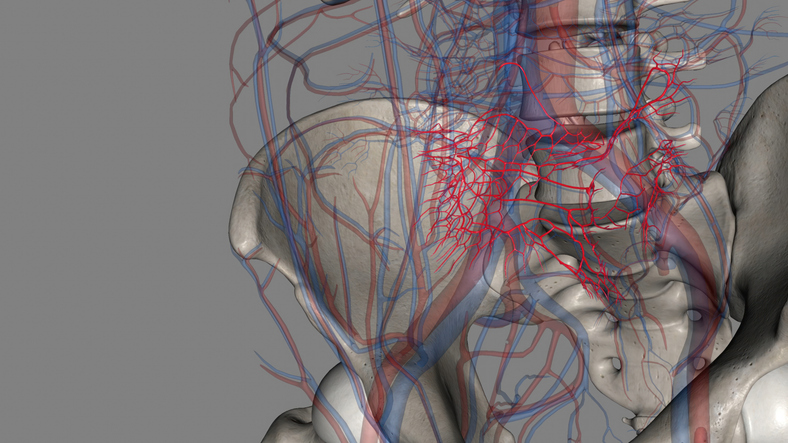
Creeping fat (CrF), or mesenteric fat wrapping and thickening, is a typical characteristic of Crohn disease (CD) and involves lymphangiogenesis and altered lymphatic function. By releasing extracellular vesicles (EVs), adipose tissue-derived stem cells (ADSCs) can regulate their adjacent cells. However, the regulating roles of ADSC-EVs in CrF in CD, especially modulated lymphatic function and mitigating the progression of mesenteritis and colitis, is still not understood.
To provide more insight into the process mechanism, researchers evaluated the regulative roles of CrF-EVs on lymphatic function, specifically in colitis and mesenteritis. The results were published in Clinical and Translational Medicine.
The researchers performed in vitro assays using human lymphatic endothelial cells (HLECs). Interleukin 10 knock-out (IL-10-/-) mice were used to assess the biologic functions of CrF-EVs in spontaneous mesenteritis and colitis.
In addition, tissue and serum from various cohorts of patients with CD were used to determine the prognostic value of the mRNA miR-132-3p. CrF and corresponding inflammatory intestine samples were obtained from 25 patients and 10 controls with colon cancer; for the serum analysis, samples from collected from 30 patients with CD and 10 healthy controls.
The CD activity index (CDAI) was used to assess disease activity, with CDAI > 150 considered active disease and CDAI score of 0-150 considered remission. A correlation analysis using Spearman’s correlation was conducted. P=.05 was considered statistically significant.
CrF-EVs significantly attenuated spontaneous mesenteritis and colitis in Il-10-/- mice via promoting lymphangiogenesis and lymphatic drainage. Using high-throughput sequencing, the researchers demonstrated that CrF-EVs significantly increased HLEC proliferation, migration, tube formation and CCL-21 production in a miR-132-3p/RASA1/ERK1/2 axis-dependent manner.
Upregulated miR-132-3p observed in CrF positively correlated with lymphangiogenesis and negatively correlated with inflammatory factors (tumor necrosis factor α and IL-6) level. In addition, serum miR-132-3p demonstrated a positive correlation with disease activity.
“Based on these findings, we have demonstrated that CrF-EVs have significant beneficial roles in improving lymphatic functions and alleviating colitis and mesenteritis via the miR-132-3p/RASA1/ERK1/2 axis.” the researchers concluded.







 © 2025 Mashup Media, LLC, a Formedics Property. All Rights Reserved.
© 2025 Mashup Media, LLC, a Formedics Property. All Rights Reserved.